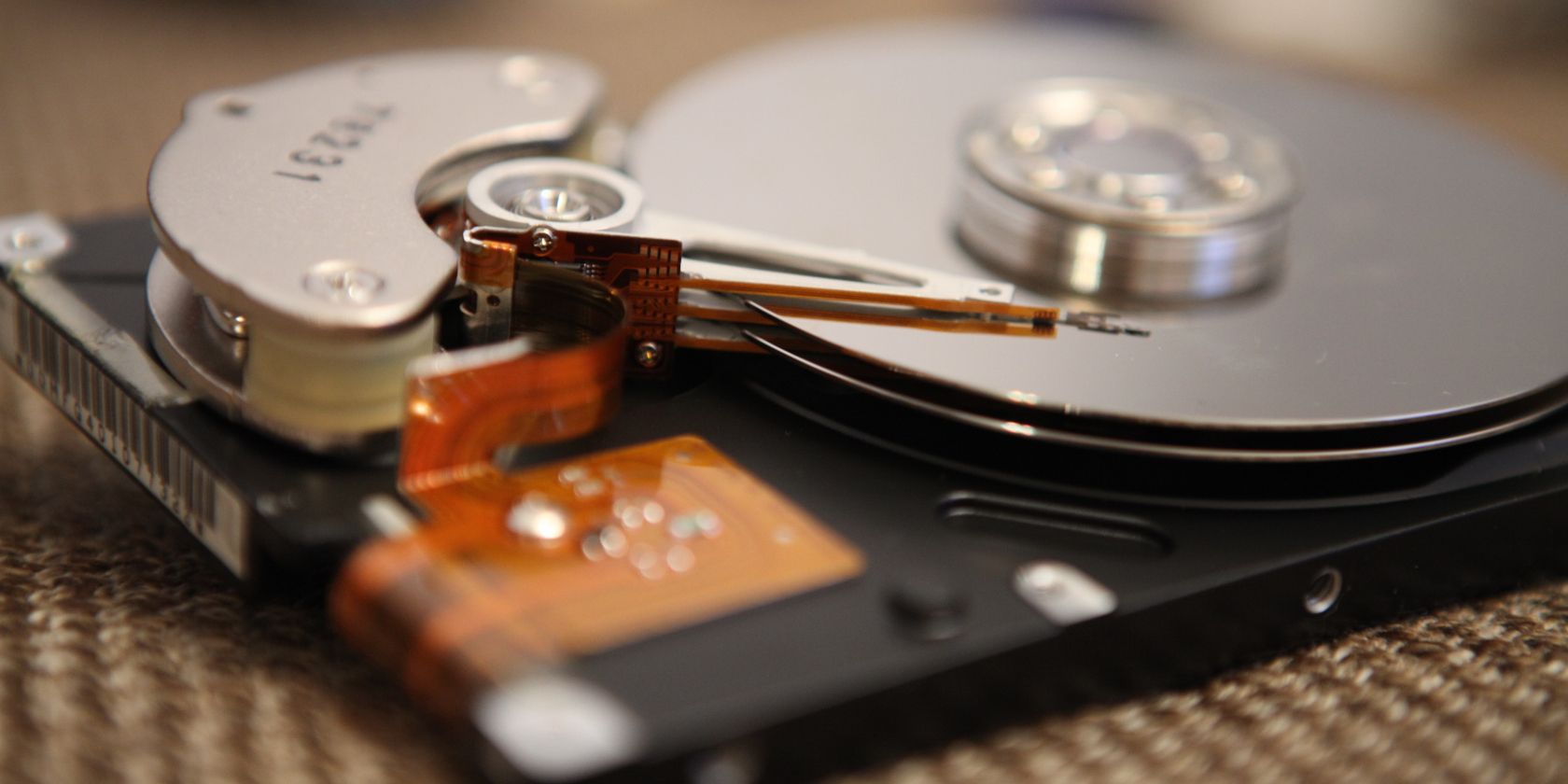
The Basics of DEXs: How Decentralized Exchange Systems Work in the Crypto World

The Basics of DEXs: How Decentralized Exchange Systems Work in the Crypto World
Quick Links
A decentralized exchange (DEX) has distinct advantages over centralized exchanges. However, before using a DEX for all of your cryptocurrency transactions, you should be aware of the limitations.
DEX vs. Centralized Exchange
A DEX is commonly used to purchase tokens, not coins . These tokens can only be purchased with native currencies of blockchains, like Ethereum. Centralized exchanges , like Coinbase or Gemini , are usually used to purchase cryptocurrencies with cash. Only some of the most popular tokens may be listed on centralized exchanges. If traders want to buy and sell lesser-known tokens, a DEX is the way to go.
Related: Crypto Token vs. Coin: What’s the Difference?
Unlike centralized exchanges, decentralized exchanges do not require users to submit identifying documentation. A general benefit of cryptocurrency use is the basis of anonymity. DEXs do not require identification. Users can operate completely anonymously.
Centralized exchanges can also charge high fees since they operate as a business to earn profit. In comparison, DEXs typically charge much lower fees.
Be aware: Since DEXs are not operated by a company, there is no customer support. Ensure that you are familiar with how to use a DEX before starting to trade. They can require a little more know-how than centralized exchanges. If you do something wrong or make a mistake, there is no person there to help.
DEXs Use Liquidity Pools
Typical exchanges require that there is a buyer for every seller. Unfortunately, that is not always the case depending on the desired price. To combat this inefficiency, DEXs use liquidity pools so that sellers always have a buyer and vice versa. Despite operating behind the scenes, all transactions are technically made with the liquidity pool. The liquidity pool could be compared to currency exchanges typically found in airports. One currency is deposited in exchange for another. Instead of relying on humans, liquidity pools use smart contracts to ensure there are sufficient funds and prices are set accurately.
Related: What is Ethereum, and What Are Smart Contracts?
An example should help. If purchasing Chainlink (LINK), a user will exchange Ethereum (ETH) for LINK through an ETH/LINK liquidity pool. In this pool, there is a reserve of ETH and a reserve of LINK. Once the user has deposited ETH, they will then receive LINK. Smart contracts that run the liquidity pool then ensure the transaction is accurate and the reserve amounts of each currency are updated.
Despite seeming complex, most of this is done without the user even knowing. Users can exchange Ethereum or other coins like Binance’s BNB, for a plethora of tokens with just a few clicks.

INDEEDLYxZilverlight/Shutterstock.com
DEX Details
Typically, DEXs only interact with the blockchain it is built on. Tokens that use the same blockchain as the DEX can be traded. So a DEX built on the Ethereum blockchain can only trade Ethereum based tokens. If a DEX is built on the Binance Smart Chain then it can only trade tokens using BNB.
Ethereum is the most popular blockchain for tokens due to its unique programmable smart contracts. As a result of this popularity, the Ethereum-based DEX, Uniswap , has become favored by token traders.
Another popular DEX is PancakeSwap . Unlike Uniswap, PancakeSwap is built on the Binance Smart Chain. Some prefer DEXs based on Binance Smart Chain due to the lower fees.
A wallet like Metamask directly integrates with Uniswap or PancakeSwap. Once connected to the DEX, users can “swap” out Ethereum or BNB for thousands of different tokens.
There are ways to trade tokens built on different blockchains but it can be a little more complicated for users. These are known as aggregate DEXs. If interested in an aggregate DEX, 1Inch is widely used to find users the best deals on their token transactions.
Final Word of Caution
When attempting to use a DEX for the first time try using small amounts first to increase confidence and minimize potential mistakes. Most importantly, use available resources on the internet to fully understand how to operate with a DEX. DEXs can be extremely useful for buying and selling your favorite tokens. They have numerous advantages over centralized exchanges but there are some technicalities that can make it difficult for first time users.
Also read:
- [New] Best YouTube Beginnings 15 Editing Samples
- [New] Tactical Co-Creation YouTube and Brand Joint Efforts
- [New] The Blueprint of an Engaging Podcast Blurb
- [New] Unveiling Effective Methods to End W10 Photo App Freezes
- [Updated] Blithe Clip Recorder Appraisal for 2024
- [Updated] Future Frames The Year's Top Cinematographic Innovations - 2024
- [Updated] The Competition Unveiled Twitch's Clash with YouTube
- Echoes Expanse A Compreshift of Best Speech-to-Text Applications
- In 2024, The Infallible Technique for Embedding Profile URLs in TikTok
- New Release: Intel Iris Xe Display Driver for Optimized Windows 11 Performance
- Prime Video Upload Solutions for Twitter
- SnapshotWiz 10 Pro - Windows Screen Master for 2024
- Top VR Headset Companies for 2024
- Title: The Basics of DEXs: How Decentralized Exchange Systems Work in the Crypto World
- Author: Daniel
- Created at : 2025-03-03 20:50:11
- Updated at : 2025-03-05 19:23:57
- Link: https://some-skills.techidaily.com/the-basics-of-dexs-how-decentralized-exchange-systems-work-in-the-crypto-world/
- License: This work is licensed under CC BY-NC-SA 4.0.